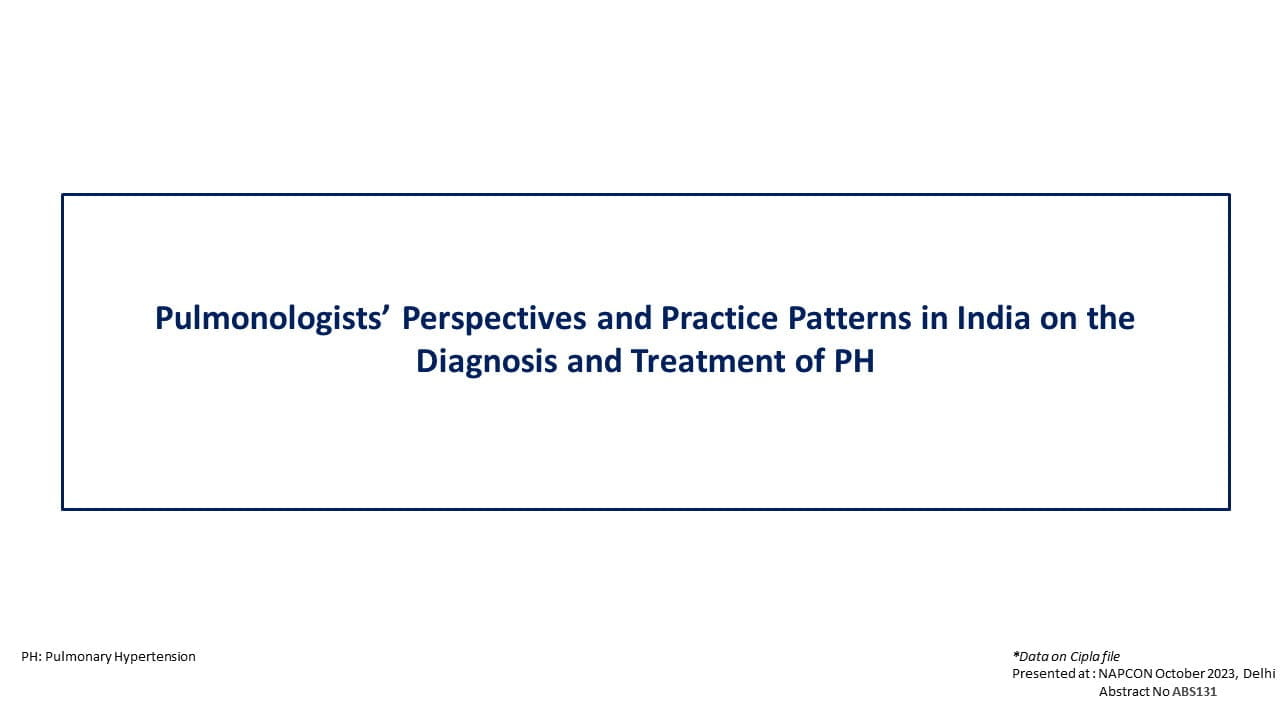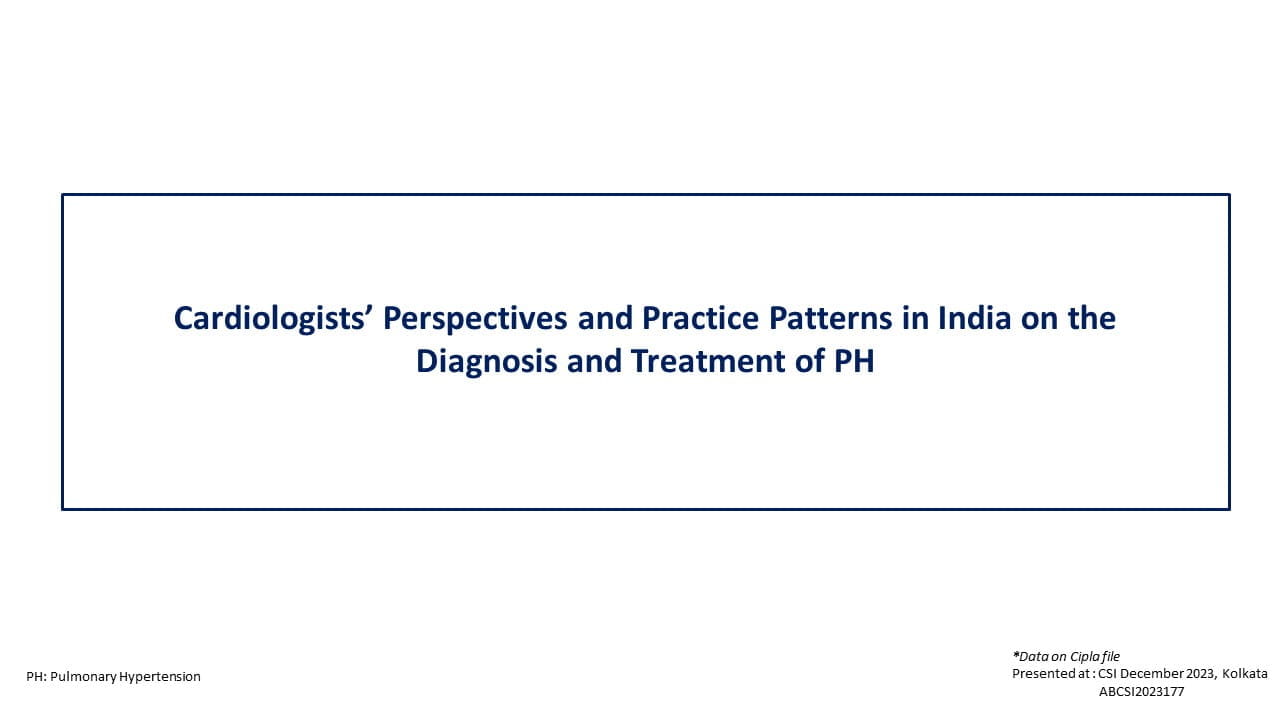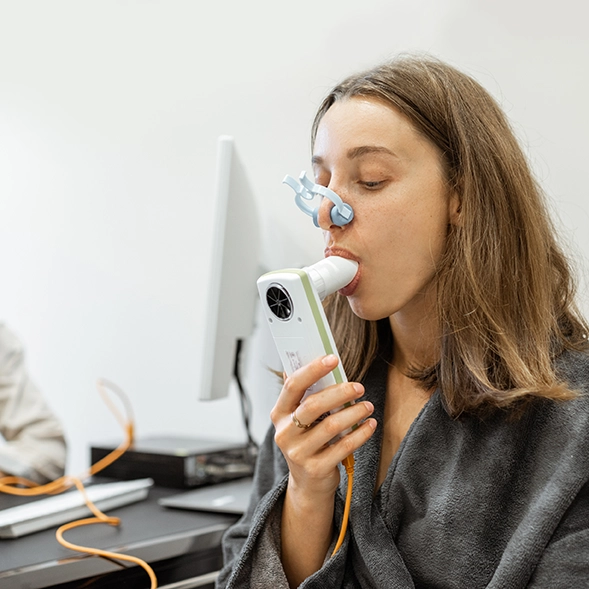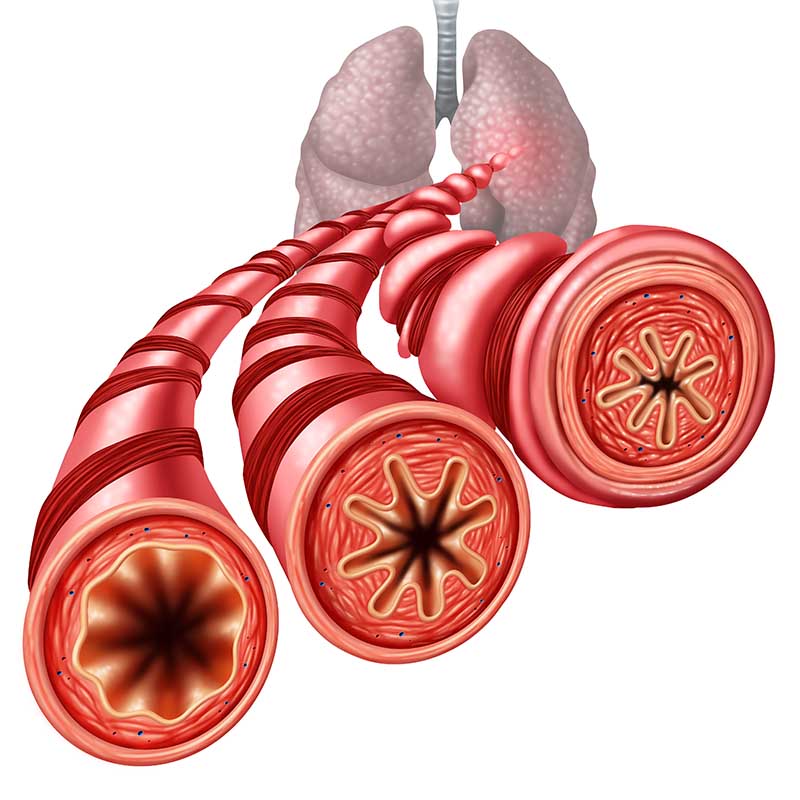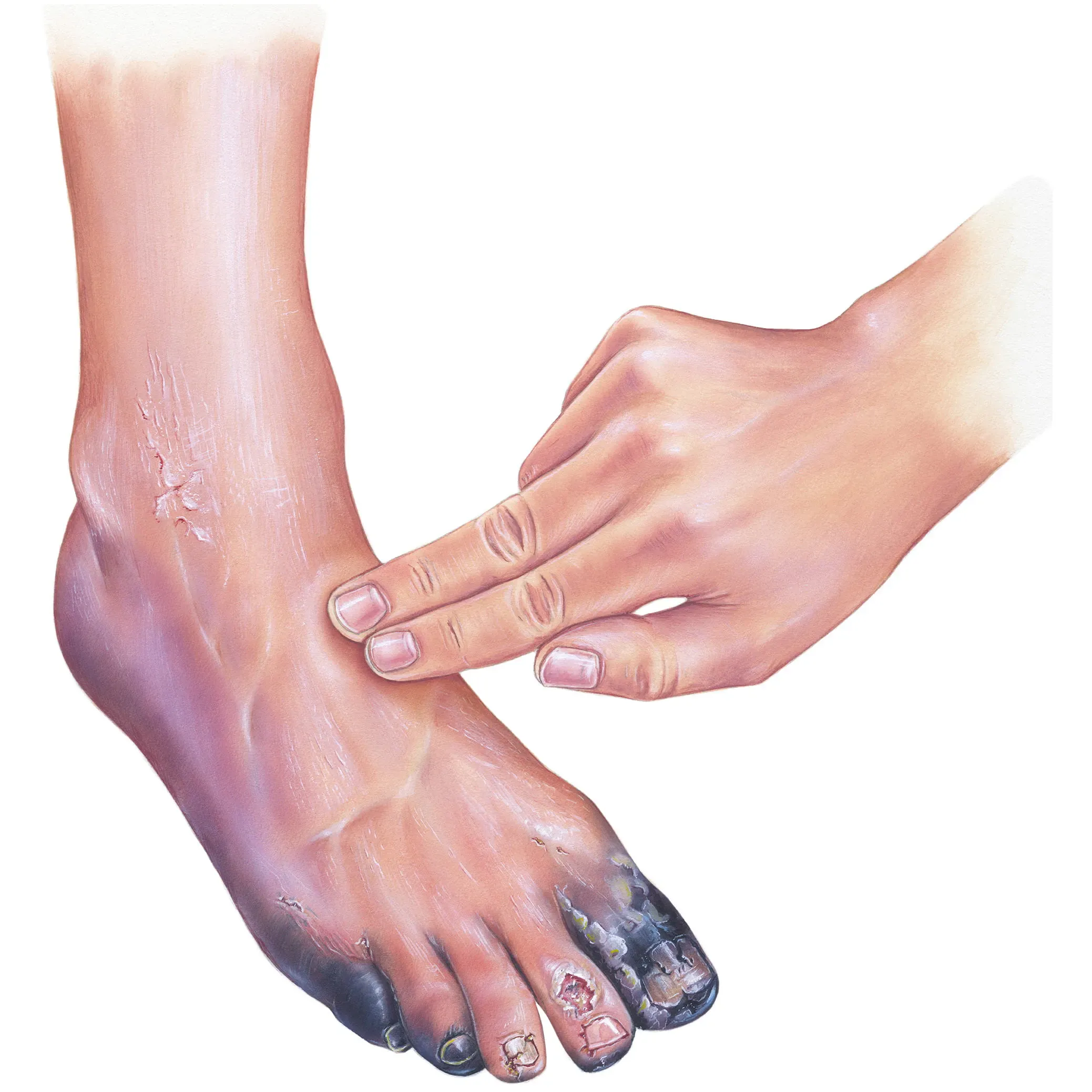Introduction
Patients with long-standing type-2 diabetes mellitus (T2DM) often require basal insulin to improve their glycemic control. Nevertheless, weight gain, fear of hypoglycemia and treatment complexity are the main hurdles in insulin therapy intensification in real-world clinical practice. Patients already on basal insulin are now advised to take selective glucagon-like peptide-1 receptor agonists (GLP-1RAs) before initiation of prandial insulin. Use of GLP-1RA with basal insulin reduces the requirement for insulin and improves glycemic control along with body weight reduction. These agents have however shown a limited positive impact on the patients’ health-related quality of life (HRQoL) or health states. Tirzepatide, a once-weekly glucose-dependent insulinotropic polypeptide (GIP) and GLP-1RA is approved as an adjunct to diet and exercise for the treatment of adult T2DM patients and as an adjunct to a reduced calorie diet and increased physical activity for chronic weight management in adults with body mass index (BMI) ≥27 kg/m2.
Aim
To ascertain the patient-reported outcomes (PROs) in T2DM patients treated with tirzepatide or insulin lispro.
Patient Profile
- Adult patients with T2DM and glycated hemoglobin (HbA1c; ≥7.5% to ≤11.0%)
- The BMI for the study population was between ≥23 kg/m2 to ≤45 kg/m2 with stable weight.
- Patients were on stable doses of once or twice daily basal insulin (doses of ≥30 IU/day and between ≥0.3 and ≤1.0 IU/kg/day), 90 days prior to screening. Patients also received glucose lowering medications in any combination of two as follows:
- Stable daily dose of metformin ≥1500 mg/day up to maximum approved dose per country-specific approved label, sulfonylureas or dipeptidyl peptidase-4 inhibitors.
Methods
Study Design
- SURPASS-6 was a randomized, open-label, multicentre (conducted across 15 countries), parallel-arm, phase 3b study.
Treatment Strategy
- Patients were randomized 1:1:1:3 to receive tirzepatide 5, 10 or 15 mg once weekly or insulin lispro (100 IU/mL) thrice a day, administered subcutaneously as add-on to standardized insulin glargine (100 IU/mL), with or without metformin (≥1500 mg/day), for 52 weeks.
Outcomes
Primary Outcome
- Change in HbA1c from baseline
Secondary Outcomes
- Changes from baseline in fasting blood glucose (FBG) and body weight, proportions of participants at HbA1c and body weight reduction goals.
- PROs were measured using the Short Form-36 Health Survey version 2 (SF-36v2) acute form.
- EQ-5D-5L, Ability to Perform Physical Activities of Daily Living (APPADL) questionnaire and Impact of Weight on Self-Perceptions (IW-SP) questionnaire were also used to evaluate the PROs.
-
Results
- The pooled data for tirzepatide doses at week 52 demonstrated that tirzepatide was superior to insulin lispro in terms of change from baseline in HbA1c (least squares [LS] mean difference vs. insulin lispro [95% confidence interval (CI)] −1.0% [−1.2 to −0.8], p < 0.001).
- Patients treated with tirzepatide required substantially lesser amount of insulin (median insulin glargine dose 13 IU/day vs. 42 IU/day [and insulin lispro 62 IU/day in basal-bolus arm]) (Fig 1).
Fig. 1: Insulin glargine requirement in the study groups
- At week 52, a higher proportion of patients treated with tirzepatide vs. those receiving insulin lispro met HbA1c target <7.0% (67.5% vs. 36.2%). Tirzepatide pooled was superior vs. insulin lispro in change from baseline in body weight at 52 weeks (LS mean difference vs. insulin lispro [95% CI] −12.2 [−13.4 to −10.9] kg, p < 0.001).
- Incidence of severe hypoglycemia was lower in patients treated with tirzepatide vs. insulin lispro (0.4% vs. 4.2%).
- At 52 weeks, tirzepatide-pooled patients vs. insulin lispro-treated patients exhibited significant improvement in scores across all SF-36v2 domains and both component summary scores, compared with after adjustment for baseline PRO scores (all p < 0.05) (Table 1).
Table 1: SF-36v2 domain component Scores in the study groups
Parameter
Tirzepatide Group
Insulin Lispro Group
General Health
3.0
-0.1
Vitality
1.5
-1.1
Mental Health
0.9
-1.6
Bodily Pain
1.3
-0.8
Role Emotional
0.8
-1.1
- There was a numerical improvement for all SF-36v2 domains and both component summary scores from baseline to 52 weeks in all patients treated with different tirzepatide doses groups, except the social functioning domain for the tirzepatide 5 mg group. On the contrary, insulin lispro-treated patients had worsening of all SF-36v2 domain scores.
- General health (5 mg, 2.3; 10 mg, 3.5; 15 mg 3.2; all p < 0.001) and vitality (5 mg, 1.3; 10 mg, 2.0; 15 mg, 1.3; all p < 0.05) domain scores exhibited largest measurable differences between baseline and 52 weeks with regards to individual tirzepatide dose groups.
- Patients in all the tirzepatide dose groups (5 mg, 4.5; 10 mg, 4.5; 15 mg, 6.6; all p < 0.001) showed significant improvement in EQ VAS from baseline to week 52. EQ-5D-5L index scores improved significantly in tirzepatide-pooled patients (0.03; p < 0.001) and in the tirzepatide 5 mg dose group (0.03; p < 0.05). On the contrary, the EQ VAS remained stable and EQ-5D-5L index scores worsened (−0.02; p < 0.05) in insulin lispro-treated patients.
- At 52 weeks, tirzepatide-pooled patients, and those in each individual tirzepatide dose group, had significant improvement in transformed APPADL and IW-SP total scores, as compared with those treated with insulin lispro. There was a significant improvement in the transformed APPADL total scores in all tirzepatide dose groups (5 mg, 4.5; 10 mg, 5.0; 15 mg, 4.2; all p ≤ 0.001) at week 52, while the score worsened in insulin lispro-treated participants (−2.7; p < 0.001).
- The IW-SP transformed total scores improved significantly at week 52 in all the tirzepatide dose groups (5 mg, 7.9; 10 mg, 10.5; 15 mg 10.4; all p < 0.001), no significant changes were observed in patients treated with insulin lispro.
- As per an exploratory analysis, a numerical trend towards improved SF-36v2 Physical and Mental Component Summary scores was observed in patients treated with tirzepatide achieving greater percentage reductions in weight, with participants achieving ≥ 15% weight reduction reporting the greatest improvements in component summary scores
Conclusions
- According to the findings of the SURPASS 6 trial, treatment with tirzepatide resulted in greater improvements in HRQoL, compared to the prandial insulin.
- Tirzepatide treatment also significantly improved glycemic and body weight-related parameters, in adult T2DM patients with inadequate glycemic control when on basal insulin.
Diabetes Ther. 2024; 15:2039–2059. DOI: 10.1007/s13300-024-01620-8.


